Diagrams of a Revery


The lines are left but the thing they describe is gone. Their knowledge points to a state that granulated long ago without us knowing. The methods used to describe the original are fading from our collective memory. Despite the clever deception of words and symbols, the means we use to make sense of the world are no less organic than the hum of the hive. This is what we learned when Motherworld began her sleep.
Before we knew she was sleeping, one of her daughters made a recipe for making the waking dream we call a prarie. We called this daughter Emily Dickinson over and over again to keep her distinctness true. Similar to how we do with our own callings now—like the idea that a daughter of the Motherworld named Anne Guro Larsmon made a cosmology of forms in the name of Art. She too is one of many worlds, worlds that would turn distant stars into the horn of a bull or the belt of an archer in the act of a storystrand’s beholding. But in her night sky—in the form of an exhibition—I see no bulls or warriors. When I asked her what shapes her stars make, instead she raised her right finger and pointed to new constellations. She asked me to make stories with her, to inscribe them with meaning.
She told me of a mysteriously famous recipe. Bee, clover and revery. Already knowing bee and clover, we tried to make a shape for revery. We chattered our mouths together passing invisible shapes to describe its perimeter, but the gaps between the way our mind’s hum kept letting some of the buzz escape like gas. So, we tuned the dowsing mold past the edge of our reason, and I watched her stir the world’s mesh so that letters would sputter out. We could find it together. Returning back to the name of the recipe, I began searching for definition between definitions. To Make a Prarie. I made several schematics and interflow charts, diagramming the forces and figures that we believe to make these praries, but no matter what angle I approached alone, all of them seemed to be missing something. Bee + clover + bee + clover + bee + clover—onward and onward for hours at a time. In the process, Anne Guro’s remembering put the movement of plants up next to the unknown blueprints bubbling at the bottom of my divining tub, and suddenly Charles Darwin started singing in the corner like a new star! He just belted out unintelligible words like a mad yodeller from the corner for weeks until we finally pinned him down in the letters like this and like t-h-i-s. It was particularly challenging because his meanings grew exceedingly slippery with the oil of time, perspective, and interpretation. Once we pinned him down, though, Anne Guro welded his lines into new bodies. We thought this would stop the stream of sound, but he just kept on yodeling.
Louder and louder. So I decided to tune it out. Learn to deal with it. Think around it. Pretend it was like the rolling of waves or the pattering of rain, and I went back to find his original mind-shapes between the sputtering mad ramblings—to try to trace again the missing things.
All of what he was looking at, the hyperlocalized, singular, and particular plants, no longer exist, their echo and resonance faded enough to be absent from the sounding of the many to which they belong and lost all together to the touch. They have long since returned to soil. But the lines of his diagrams persist. There was a precision to them that made me second guess the meaning of his jibberish now. Maybe there are shapes here being made from the bottom up.
I did this for hours. My eyes following the lines. That’s when something uncontrollable welled up within me. Water dripped over the earthmetal receiver that I tapped with my touch. I began to weep. And as I wept, I realized I was grieving something I unconsciously chose to forget. I don’t even think I can talk about it here. It’s not linguifiable; it’s something laced in the trenches of the collaborative interaceptive matrix that comes with melding stories—a thing only accessible when I follow the recipe of its conjuring just like this in just this way. Like a stenographer, I let my tears type for me as Anne did in her own diviniations. I started to see something then, glowing in the rectangle of want: the unknown but essential component to a liveable world that became extinct as soon as it was written and lost. And as soon as this exhibition closes it will be laying in the psychonautical trenches of our collective abyss. We will try to save it with pictures and commemorate it with texts, or a link to past exhibitions on a website, but the conditions that created it will move and change as we do, in some subtle way, even if we insist that they remain the same name. There it will lie, a skeleton, a bluebrint, a diagram, a part of a recipe for its conjuring, but missing all we cannot know. Somehow when we put our toe in the ocean, the salinity of our blood echoes through the skin to the ocean floor and touches this skeleton. It’s a type of remembering that only the persistance of lostbody knows. Before the everpain engulfs the wish for younger days, when it felt like everything was growing. Before Motherworld began her sleep. So the tears poured and carved waterfalls on our face, unsure whos tears they were, dripping into the sea of remembering the meaning of loss.
And in that grief, our mind began to render swimming scenes—a new primordial texture from which something deep within the spine released histories into our nervous system, stimulating the mental cinema process necessary to conjure— to make form from meaning instead of the other way around.
The histories were wild like the fractal, blending beads of glass and light I saw once when looking through a kaleidoscope. I was very young, maybe only 9 coylet-yon of age, standing there in the World’s Rememberance Occulary. The colors of glass danced as my father rotated the lens for me. That is actually my very first memory now. Maybe tomorrow I’ll be able to reach further back or into another self entirely. Welling up beneath a memory that isn’t mine, Darwin was still yodeling in the corner, reaching a fever pitch. And as he escalated and broke into the industrial-grade bellows of an airhorn at a sporting event, a view from Emily Dickinson’s porch exploded out of his mouth and inverted his meaning. I could see the organ of his mind, of the way he looked at plants, of his soul beating now outside his body. Like an Old Testament angel or a Greek titan made strange and bizarre, they were fused into one psychonautical structure: the inverted Darwin and Emily’s porch view.
Through the shadowtrench I saw the molten hands of a blurry blondish, red- headed woman. I called out to her the name she gave me, but now she spoke in a dialect I couldn’t understand. And as though her hands were made of heat, she described the forms missing from the prarieworld, melting the beads of the kaleidoscope to remember a home for the bees. As I watched the hives crystallize and cool, every forking tendril of her nervous system lit up like lightning striking, blacking out the rest of the scene, and I could see she welcomed their sting on her skin. They were one. Her flesh and the sting of the bees. The bees and the hive she told me to remember. The Emily, now an Emeliac, and the Charles, now a Charliac, almost stood and sat in this intrachrono space of melded times and practices, going about their cosmological processing of the world as though none of this were going on at all. I was just a mist in the foreign atmosphere of the amalgam’s mental cinema. This was the first time writing a text for an exhibit ever felt like this: more than just looking and remembering, but a scene through which I could move—an immersive internal image so intense and engulfing that it sublimated me into the overwhelming feeling that it held as many infinities as the external world. I returned from the space that opened. I was left yet again at my desk, the after- image of the recipe on the inside of my eyes.
That is when it struck me: despite all the diagrams and melded selves, the meaning of revery was between the bees, between the stars, between the objects, the selves, and the names we used to draw the lines between them. Revery is the mind’s ability to more than just remember, but to account for the unknowable qualities that the thingness of translation or memory alone cannot capture. The bee is not just the bee. It is its place of belonging. It is its vomit from which it collectively forms a home. It is what the home is made of and the source of the thing. It is that which sustains the bee—the sugar of pollen—the
pollen of clover—and it is not just one, but the uncountable googleplexes of undefinable things that emerge in the molten heat of revery, before branded metrics made their new organics through externalized algorithm.
This will take more than one active conjurer. It will take an interspecies collective revery as big as our Motherworld itself. It will take the reconciliation of love to forget names, so we can learn to grieve properly together, without pointing fingers at stars or each other with our own projections of what they must mean. Only then can the recipe for the prarie work—when it is truly and properly conjured with all of the nuance of indiosyncratic and emergent being, and yet a superposition of collective identities.
Among the many stories that we will find between stars of different galaxies lies a reliquary. It is for the loss of remembering how to grieve together. It is what I have always found in the space between Anne Guro’s works: the ritual conjuring of loss itself—so that it too would not be forgotten.
~ for Martin ~
Utstillingstekst av Patrick Ballard.
Patrick Michael Ballard (b. 1987) Artist in Residence at UCLA Gamelab, assistant professor in Performance and play at UC Santa Cruz, and has been visiting faculty at CalArts. MFA from calarts in 2014 and BFA from CSU Long Beach in 2011.
--
Utstillingen er støttet av Kulturrådet.

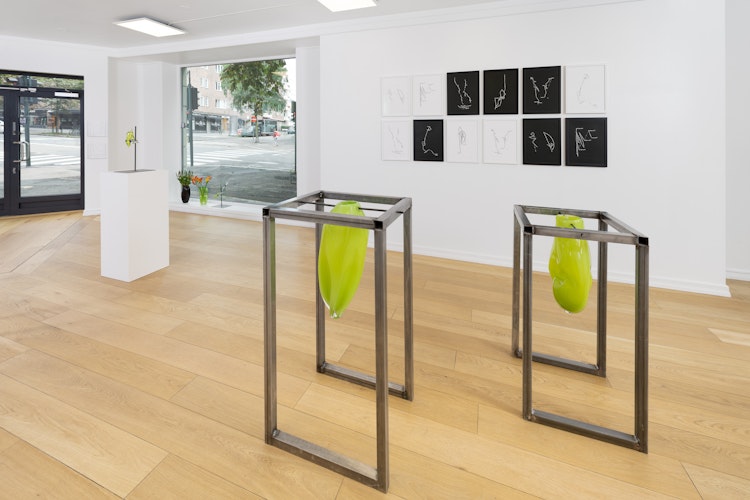
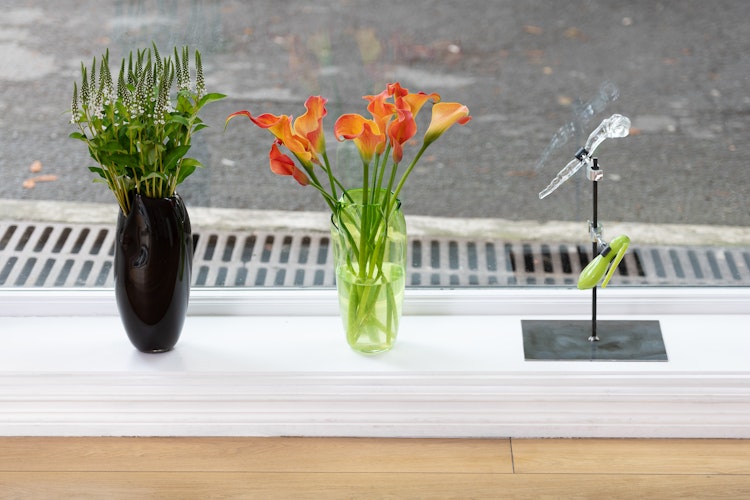


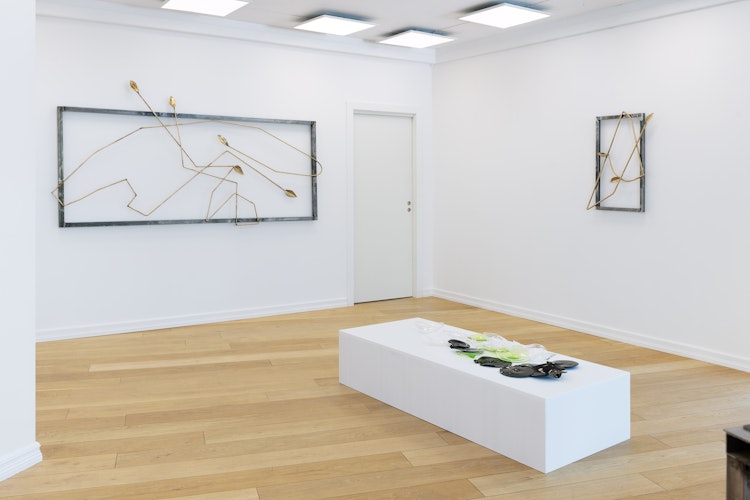








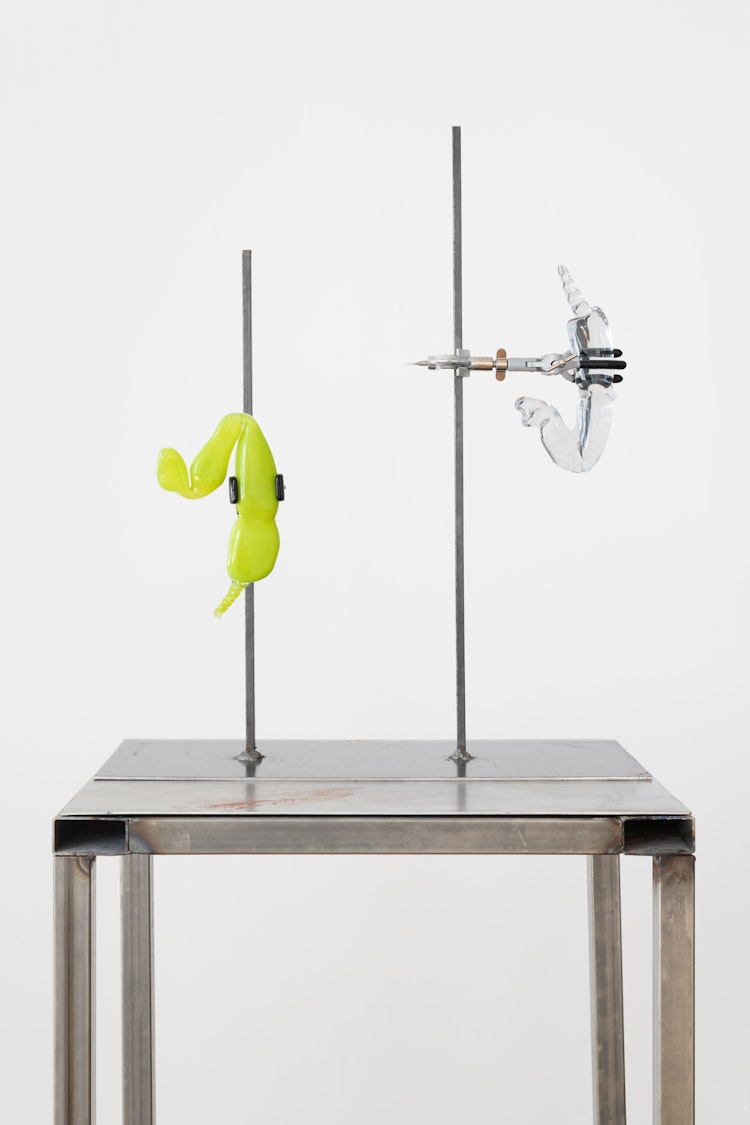
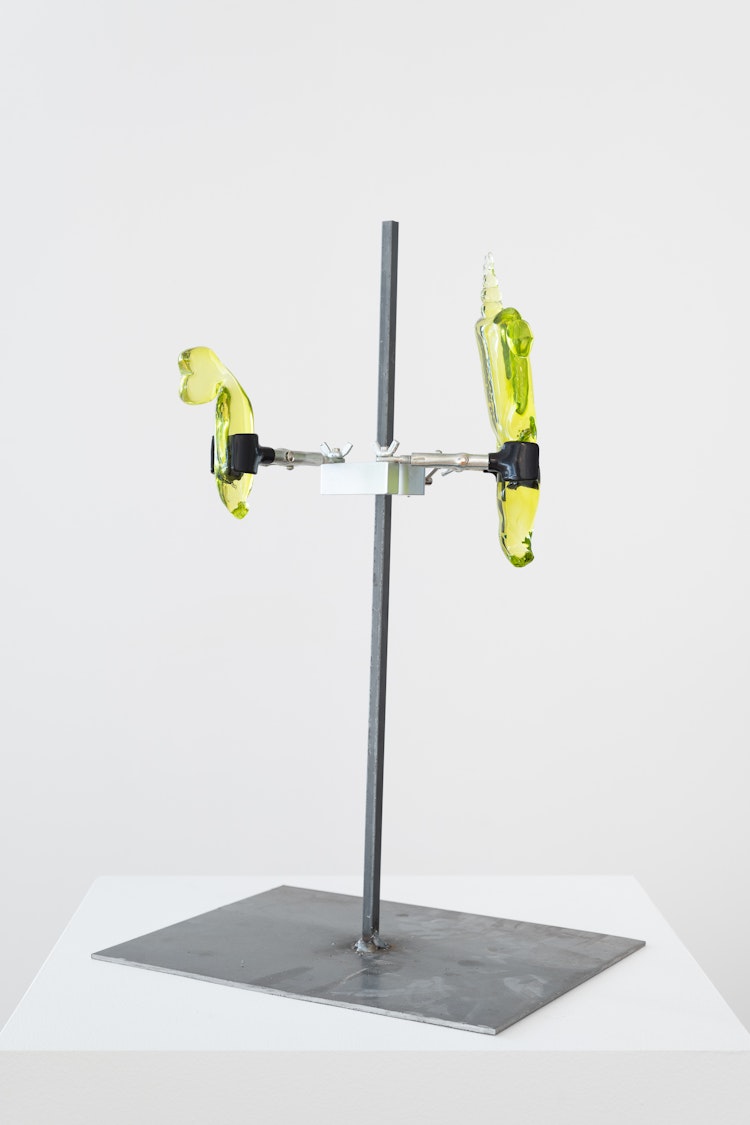

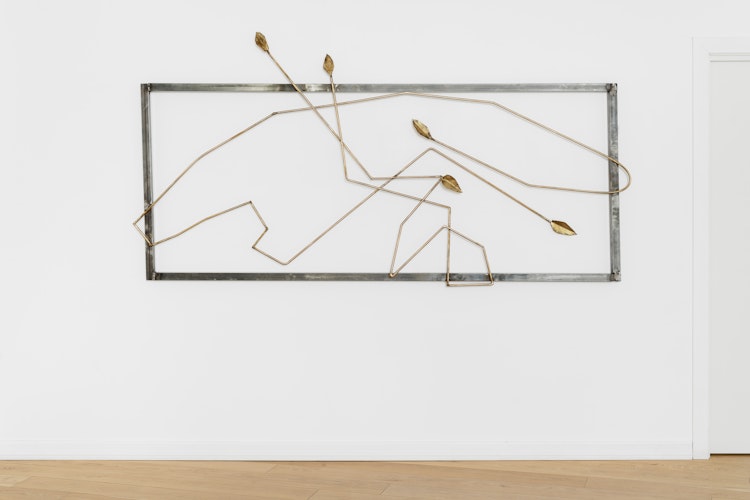

Hva leter du etter?